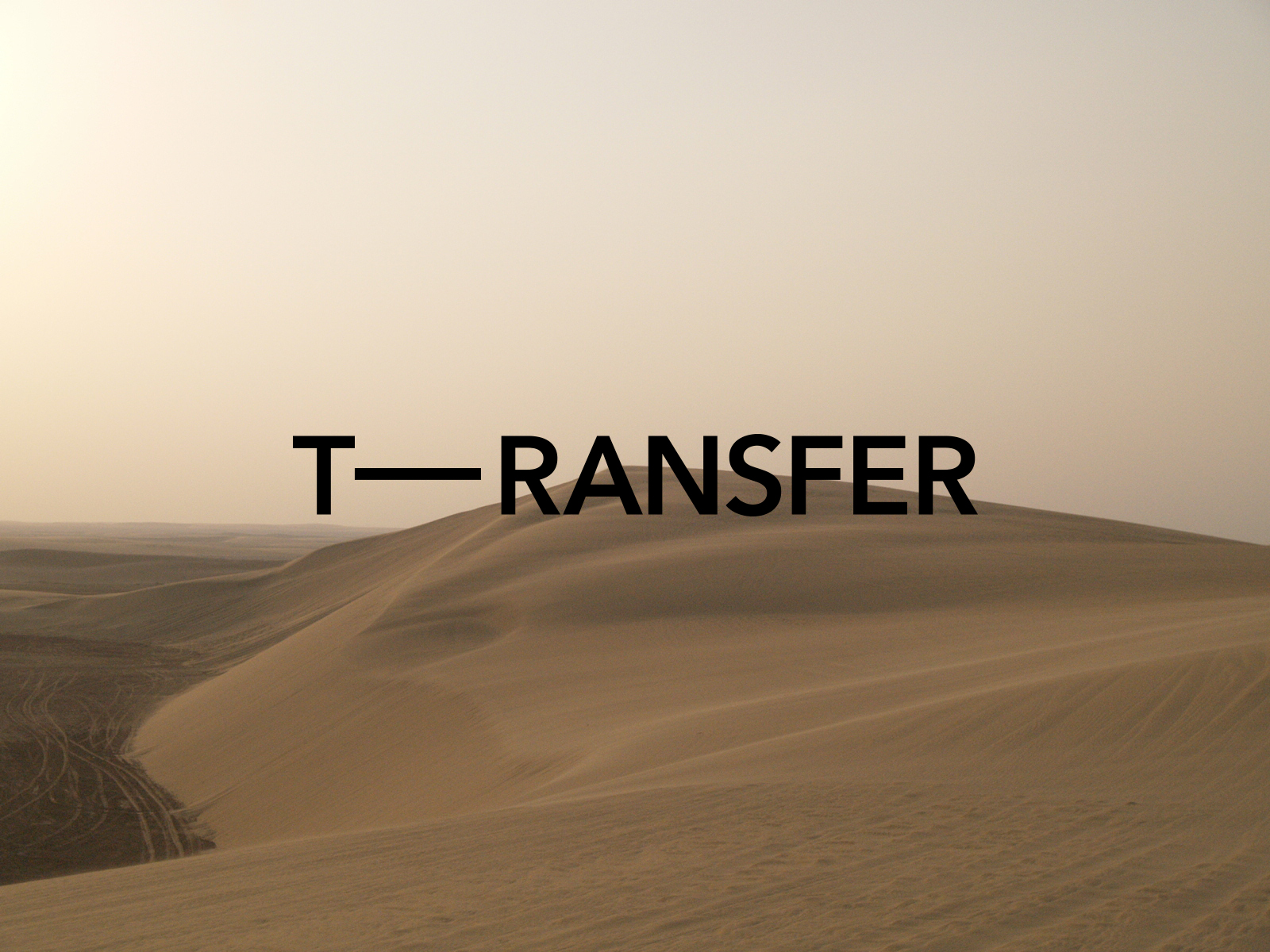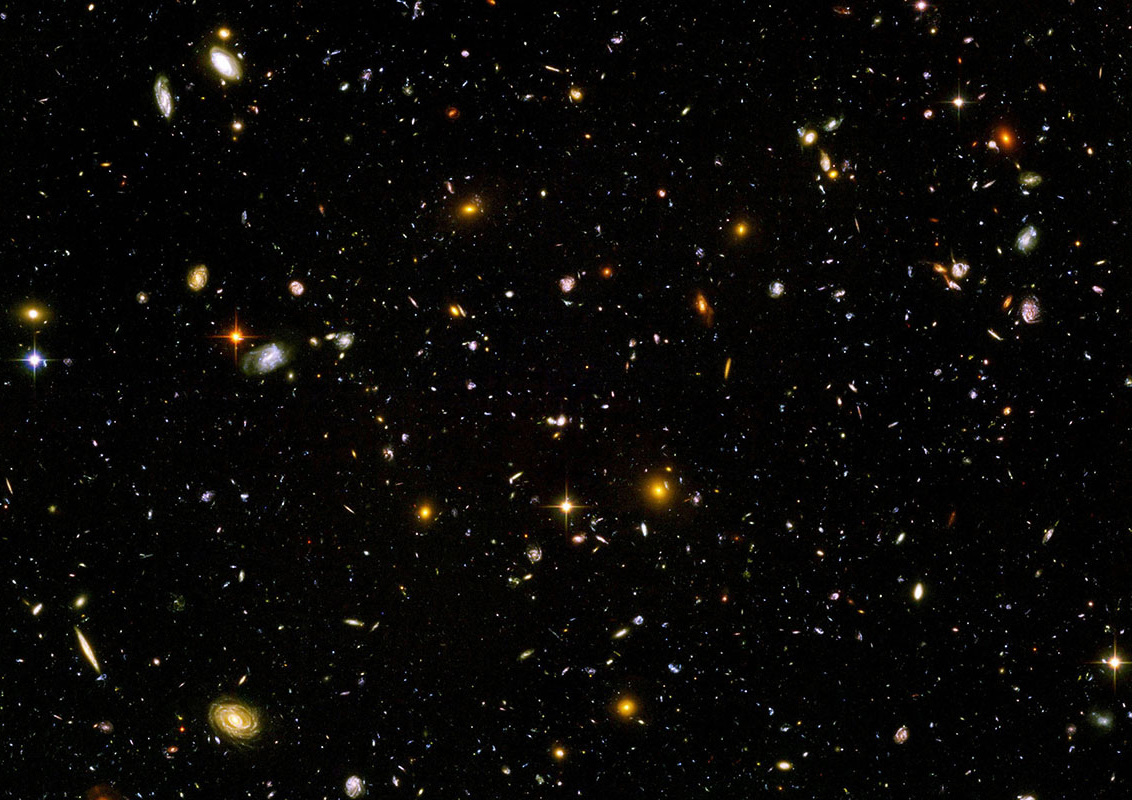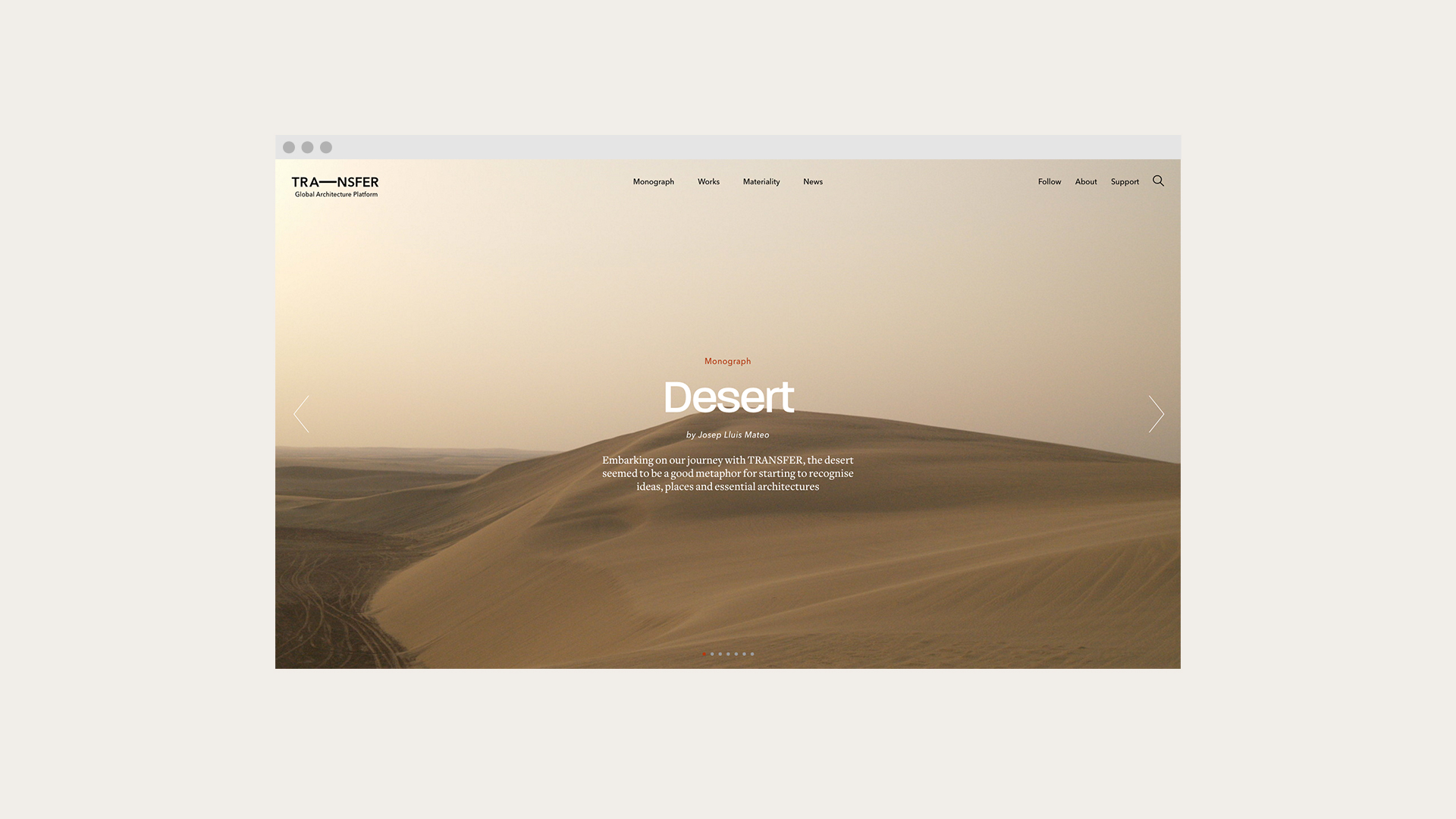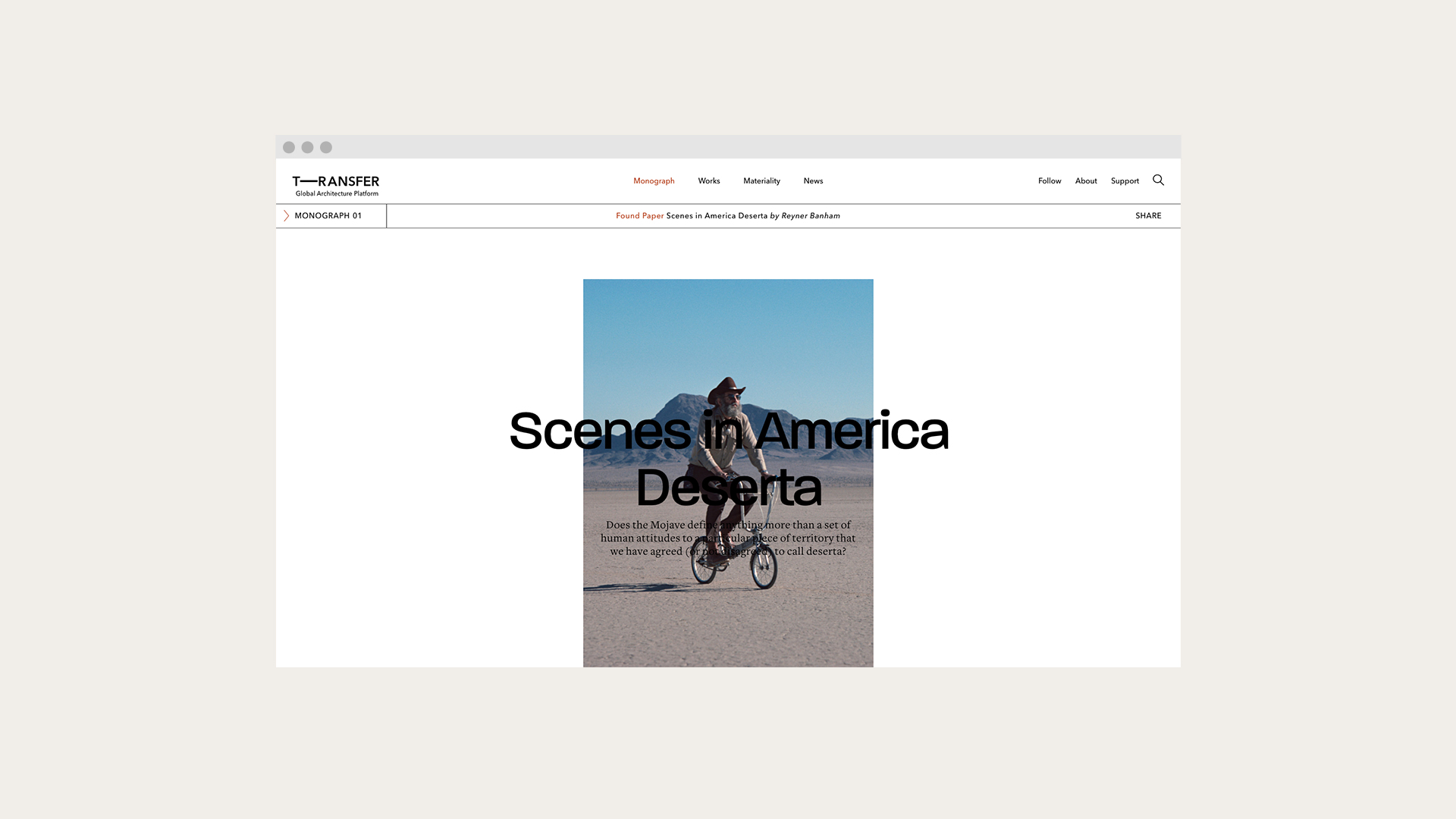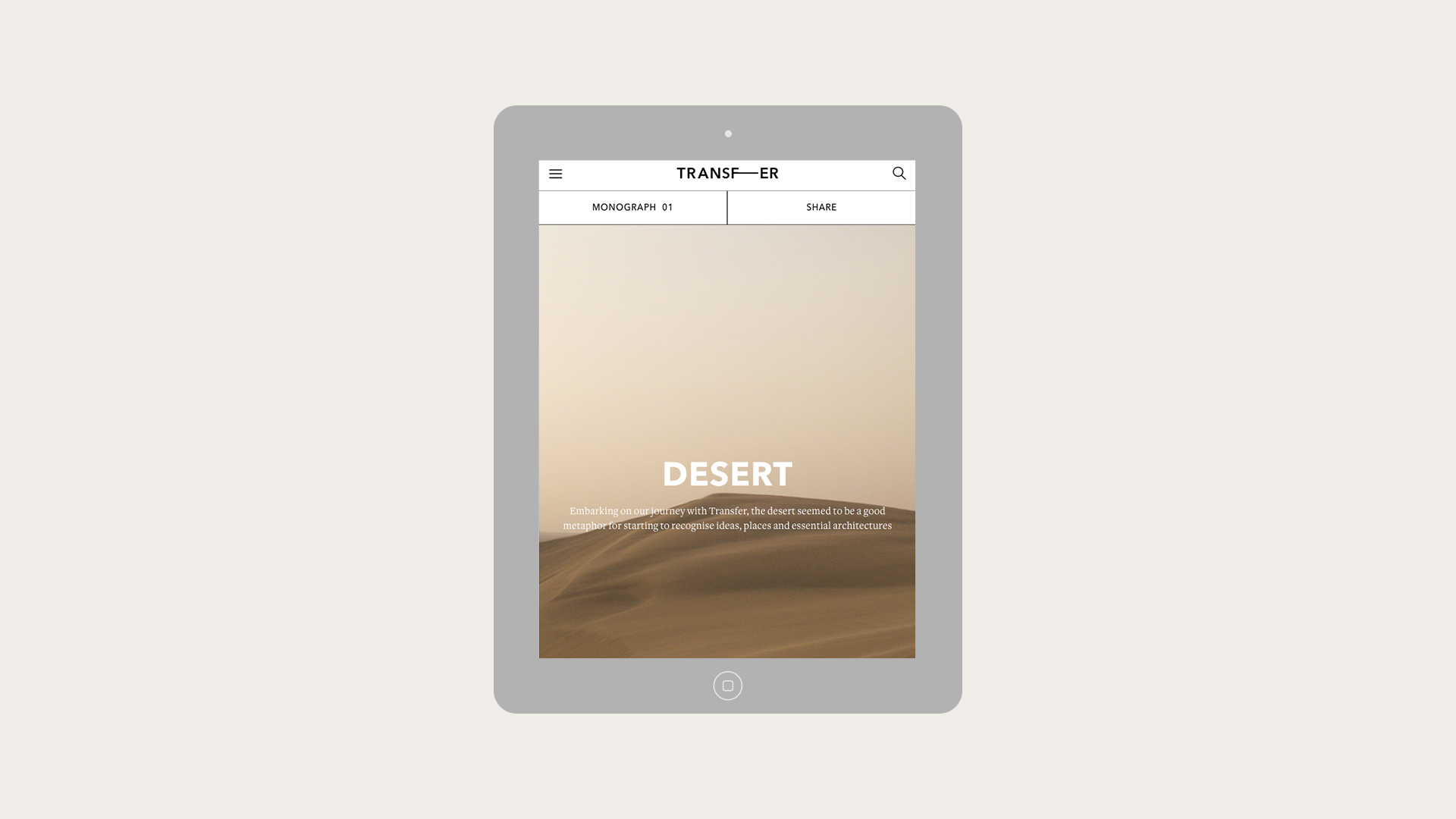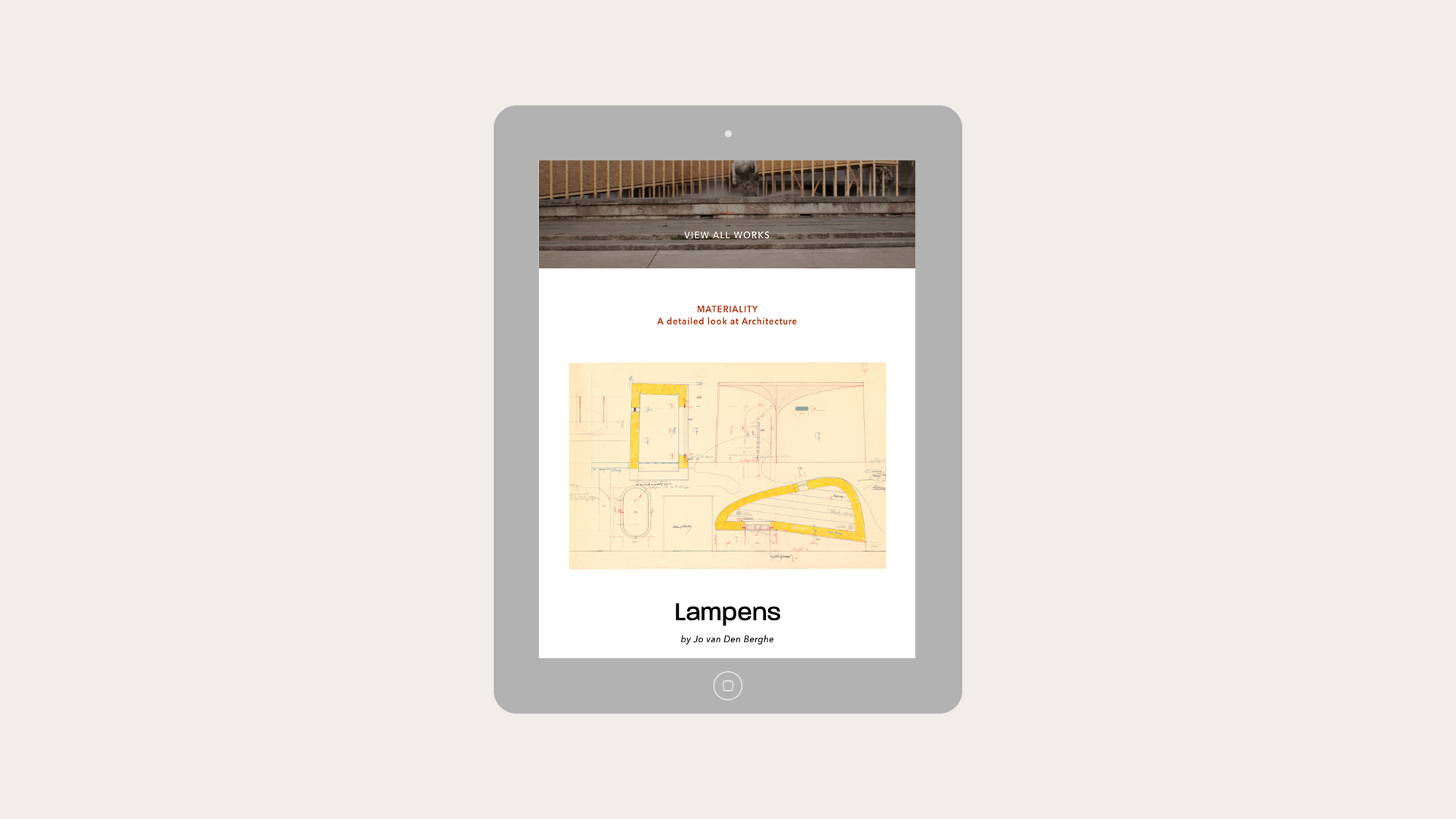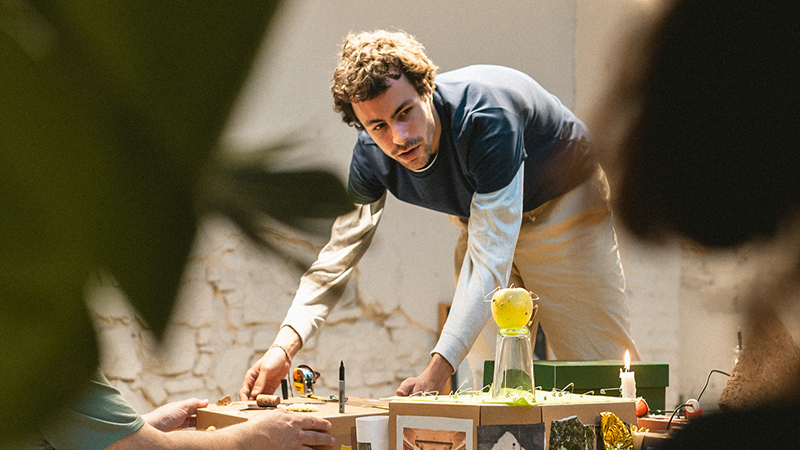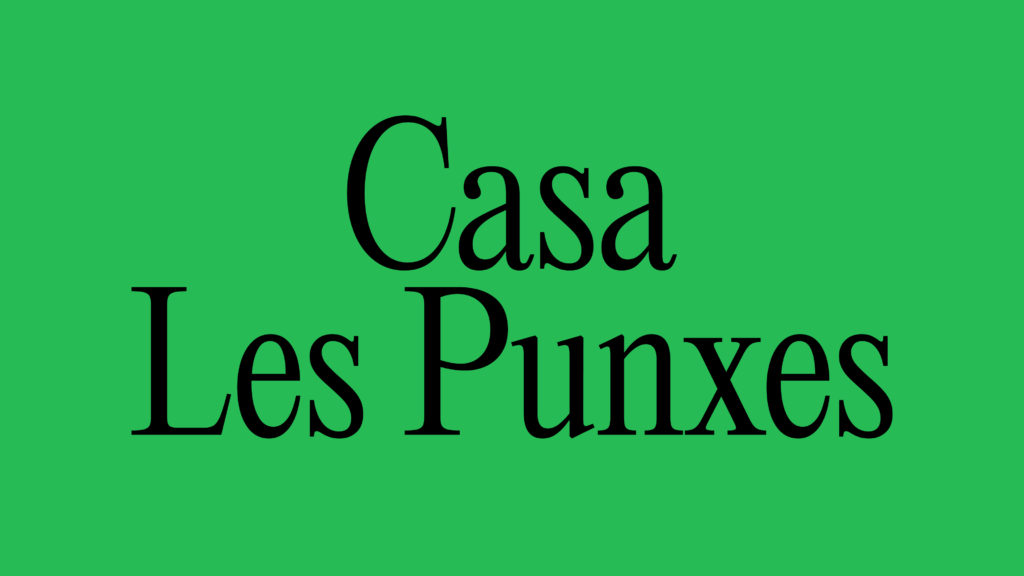Year: 2016
Tags: Art Direction and Design, Brand Narrative, Strategy and Design Thinking
A new concept within an editorial environment
An architect and professor at ETH Zürich and Harvard University’s Graduate School of Design has become one of our most established clients over the past few years. Dr. Josep Lluis Mateo, entrusted us to design the publication which constitutes all the final outcomes of the course he directs in ETH Zürich as well as Panta Rhei a catalogue of the exhibition with the same name which addresses various aspects of the recent work of his architecture firm.
Mateo was also the editor-in-chief and the driving engine for the magazine Quaderns (d’Arquitectura i Urbanisme) from 1981 to 1990. Together with Ramón Prat they created the cutting-edge and multiple laureate publication focusing on classicism in modern architecture and the driving ideas behind. From the idea of Quaderns, he contacted us in order to start a new editorial project, but this time applied to the digital era. The structure and language of Eldorado was the crucial point for deciding upon this direction. Inspired by its chapter based structure and approach towards transmedia content, Mateo entrusted us to create a new concept for an editorial platform for contemporary thought and practice in Architecture.
“The transfer of knowledge is at the very foundation of its production.”
Josep Lluís Mateo, Architect & professor
Connecting points, transferring ideas
We flew over to the architectural capital Zürich with the aim to create and plant ideas for this project. Since there was no brief the meeting with the influential group of partners, together creating the team of Transfer, was more of a conversation. Putting our heads together, with their ideas and knowledge of architecture combined with our experience with editorial expressions, the concept behind Transfer took shape. The idea behind Transfer was to connect the points and share the philosophies from diverse architectural personalities and groups. Transverse thinking and multiple points of view are key for reaching beyond established concepts. Through local conditions with global attitudes the aim was to understand and transfer the ideas of Architecture as a personal practice and construct a global culture that is fragmented and collective. We wanted to create an influential brand and translate the print language based on issue publications into digital media. With print in the back of our heads, Transfer turned into a concept that would be the beginning of a new way of creating both content and digital design.
“Brands and institutions need to create their own editorial environment in order to influence and to communicate with their audience. So, that’s what we did with Transfer.”
Rafa Martínez, COO, Branding Consultant & Partner
A flexible identity
Behind the visual identity lies a strong conceptualisation based upon the meaning of transfer. A complex idea translated into a pure, simple and flexible visual identity with solid recognition across different media and optimised for devices. Avenir® Next was designed by Adrian Frutiger in collaboration with Akira Kobayashi. The geometric typeface, inspired by Futura, has the immortality, coherence and readability that was required for its purpose. The dash is flexible and liquid to reflect the values of transverse thinking and can be applied across different media and devices.
Creating personality through the use of type
We wanted to create an identity for each section by combining the typefaces in different ways. The typography takes a central role and works together with images within the framework. Due to the diverse material and the mood in images, it was crucial to unify the content through the strong use of type. Giving the sections personality and its own expression not only to ease the navigation but also to create an interesting flow in the editorial feed. Serif Freight typeface by Joshua Darden, a serif typeface with a wide range and accords is used for both text and titles. Two sans serif typefaces are used in order to create charisma, to the multilayered platform. Paralucent creates personality in titles through fundamental yet charming shapes while Avenir stands for the clarity and coherence throughout the whole website.
Finding depth in multifaceted sections
Monograph, works as an online magazine with thematic articles, all gathered under one common topic. Monograph Issue 01 circulates around Desert. The articles are sub categorised under ‘Profile’ ‘Idea’ and ‘Found Paper’. ‘Profile’ encircles one peculiar architect, his work, processes and conditions within the themed environment of the issue. Literate thoughts and philosophical approaches are treated in the articles under ‘Ideas’ while the ‘Found Paper’ addresses the archives.
Counterpoint is the complementing and contrasting section within Monograph. Specified by the opposite, in this case the contrary to Desert, this section reports on architectural movements within the city. Under the ‘Works’ section we can read and take part of a specific work from an architect or firm from early sketches and development to the finished project. One architect about another architect is the key behind the section ‘Materiality’. The collection of relevant construction details in the history of architecture is treating the thinking process and choices of the chosen architect. The last section highlights a selection of relevant global news.
A smooth development
Besides the use of typography, the visual material had to be highlighted. Floor plans, technical drawings, inspirational images and architectural photography requires space for the highest visual impact in details and mood. Through full screen images and well proportioned slideshows the visual material does itself justice. In the otherwise monochrome platform, one keycolour is used for highlighting and adding personality. The dark orange has its roots in nature, the intensity of earth and the hue of raw materials. Developed with Andreu Llos the platform has number of fine details. A smooth loading animation for text and images is present throughout the whole platform and a clear menu guides the user through the multifaceted website.
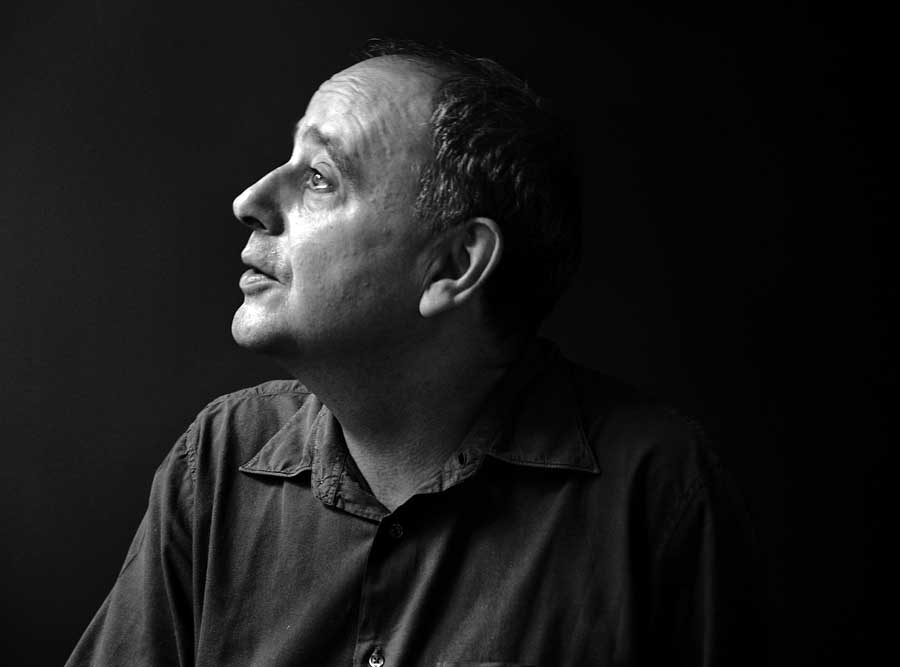
Josep Lluís Mateo (Barcelona, 1949) studied architecture in ETSAB (Barcelona High Technical Architectural School) and completed his PHD with honours at the UPC (Polytechnic University of Catalonia). From 2002 until 2014 he was appointed Professor of Architecture and Design at the ETH-Zürich (Swiss Federal institute of Technology). In 2015 he was invited as a Guest Professor at the GSD-Harvard (Graduate School of Design) 2015. He is author of a numerous of publications and and has been multiply awarded for his work .
FOLCH Why Transfer? How was the idea of Transfer born?
J.Ll.M Knowing and sharing are parallel terms. The transfer of knowledge is at the very foundation of its production. We’ve always been involved in this process and we were interested in offering new alternatives in the digital context; we believed that the digital revolution was generating new fields of experimentation that were not yet sufficiently developed.
FOLCH How can you be an influencer and a relevant voice in the world of architecture? How does Transfer differ from other similar initiatives in architecture?
J.Ll.M A relevant voice has to have credibility and issue necessary and important messages which we might not yet know, though we do recognise ourselves in them. Other similar initiatives in architecture tend to stress the role of the digital as archive: the disconnected accumulation of infinite images in an on-going progression.Within this magma, the observer somehow, painfully, has to find their way.
We do not intend to pursue this course. We propose selection, criteria, ideas; we won’t be issuing images without end and without meaning: we’ll be aiming to propose and generate criteria of value and quality about things. Architecture is a visual art, but it is also, above all, an intellectual activity. We will be setting out the value of the ideas (explained in the texts) alongside the sensuality of the forms.
The digital world offers powerful new tools for analysing and describing architecture—here I refer to the moving image (video) and sound. We’ll be developing a whole host of approaches to these issues which to date, I would say, have only been touched on incidentally.
FOLCH Unlike analogue media, digital environments have the chance to reach relevant people and opinion makers. As a diffuse media channelling diverse types of multimedia content on many different devices —for free—, a digital environment gives people access to a discourse which wouldn’t usually be available. How can this change people’s perception of architecture? What are the other benefits for the world of architecture?
J.Ll.M Digital media are the appropriate cognitive tools for the present-day state of globalisation in which we live, where we have to propose interpretations of things and of phenomena that adapt to specific realities, close to the ground—and the ground is the world—, at the same time offering shared, general lines of development. What is fascinating about the present time is that it is no longer operative to produce communications from the centre to the periphery when lines of work and connection are much more like intersecting networks. Our aim is also to help to define and to explain them.
FOLCH Given the change of medium and the new potential audience, how do you think the language of architecture can be changed or altered in the way it is communicated?
J.Ll.M There is a dialectical interaction between language and communication. That is, the two are interconnected. How it is communicated is related to the how and the why of things, and vice versa. Our intent is more epistemological than phenomenological; rather than proposing styles, we’ll be discussing ways of seeing. And we are not interested so much in repeating what we already know as in learning things that are, at present, unknown to us.
FOLCH On the other side, being digital free, intangible and accessible to everyone, how can you keep this aura of prestige and relevance (that traditionally belonged to printed and bound publications) in the new ways of consuming content and accessing information?
J.Ll.M We’re optimists! In such a massive, busy place as the digital world, there’s always room for spaces with quality and future. I believe in the diffuse intelligence of the multiple.
FOLCH In this ever-changing scenario —with unprecedented global issues in terms of sustainability, circulation of people, urbanisation, as well as a great innovation in materials and resources— what’s the role of an architect for the construction of the contemporary city?
J.Ll.M The role of the architect is always shared; the architect is not a demiurge. Despite not having power, the architect has a central position in the process that makes their voice relevant and influential. In all major urban transformations, which are produced by powerful collective energies, the mark of the visions and the ideas of the architects can be detected to varying degrees.
FOLCH The relationship between architecture and publishing: what is your future vision for Transfer?
J.Ll.M The idea is that Transfer should develop as a tool that is at once descriptive and propositive of contemporary architecture. And it must also develop its technical and organisational capacities to produce the best, most appropriate and necessary content possible, and to convey it successfully to the world around us.
